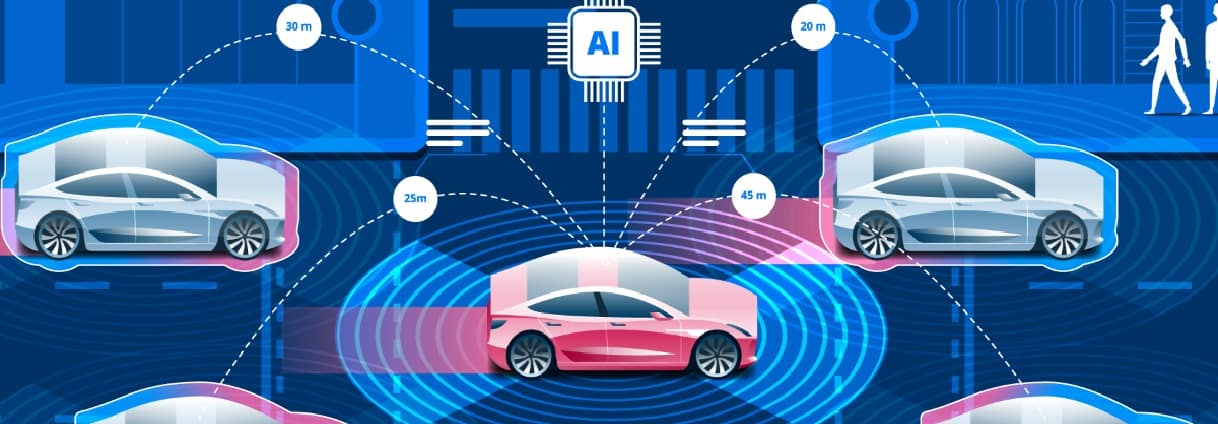Advantages in Machine Vision on the Edge
Efficiency of Artificial intelligence (AI) utilizing vision systems to manage autonomous vehicles and robots is at the core of well designed unmanned system. Putting that AI processing close to the machine vision cameras and time-of-flight sensors, offers a breakthrough for a wide range of manufacturing and logistics applications. To optimize the power of AI requires high compute overhead to manage the large data streams of vision systems. This function is traditionally performed on the centralized GPU system of the robot or UAV. One of the most interesting AI recent developments is the Intel® Movidius™ Myriad™ X Vision Processing Unit (VPU). This device can take up to six camera inputs, perform deep learning inference functions and sensor input processing at the edge while using under five watts of power.
The Intel® Movidius™ Myriad™ X VPU pushes the inferencing for deep learning to the system edge and enables applications to avoid costly processing on standard or high-performance computing (HPC) systems. Myriad X VPU can be used as the main processor in low power embedded systems by using the embedded ARM processor or as a coprocessor/accelerator engine to perform the deep learning inference.
One use case for Myriad X could be to offload the AI and computer vision work from a system using a low-cost, low-power, low performance platform to process sensor inputs. The deep learning inferencing in these systems may be performed in a central server or the cloud, with data passing back-and-forth between the sensors and the servers. Performing the AI on the edge avoids the data transfer between the sensors and the main processors which cuts down the overall overhead and latency.
The Myriad X VPU can be used as the main processor for an embedded device such as smart surveillance camera or, bringing it back to the industrial arena, robotic manipulators or grippers with vision systems. This kind of standalone system can avoid the cost of additional servers.
Whether you select a standalone or co-processor type architecture will depend on your overall system design. Tauro Technologies has experience with both options and we would be happy to discuss the design tradeoffs of one approach versus the other with your specific application in mind.
Which Applications Could Benefit?
The range of applications that can take advantage of a combination of machine vision, AI and depth sensing is immense. Robots can map places and tasks, such as figuring out how best to avoid people. Other uses include pick-and-place, combined assembly and inspection, and moving shelves of items from one location to another. There are many ways to implement these complementary technologies and trends evolve quickly in machine vision. The team at Tauro Technologies has integrated hardware platforms that combine the power of the Intel Movidius Myriad X VPU and its neural engine with the enhanced depth sensing achieved by integrating both ToF sensors and customized stereo vision and is ready to speak with you about your applications. Get in touch with us for details.






